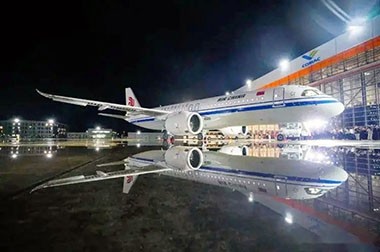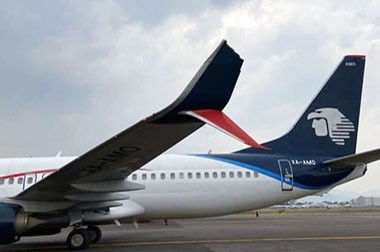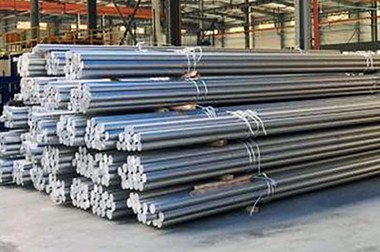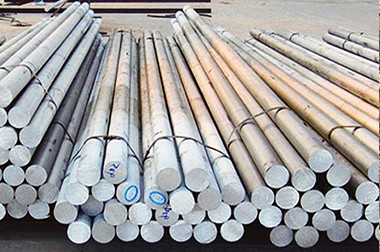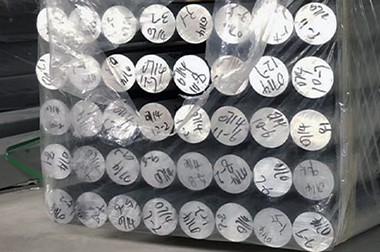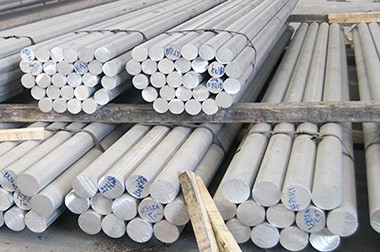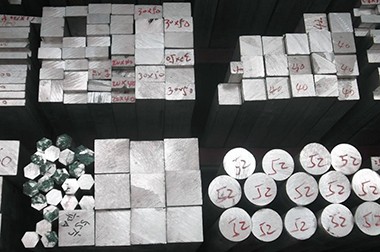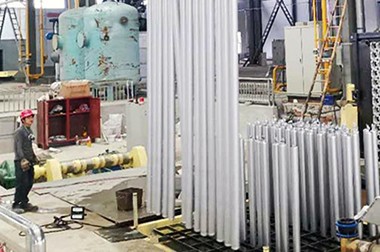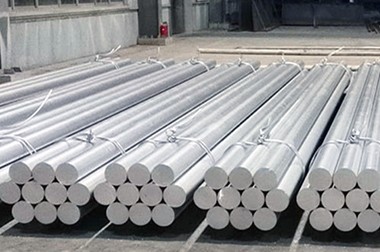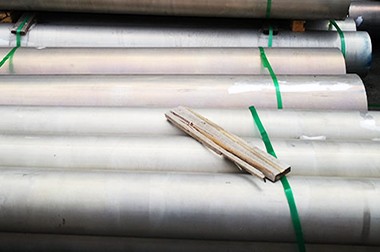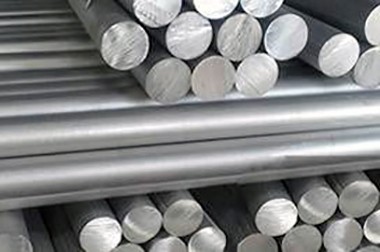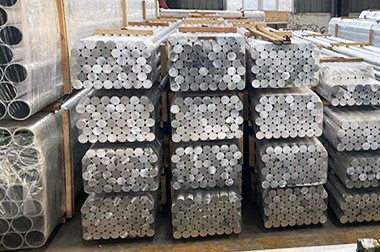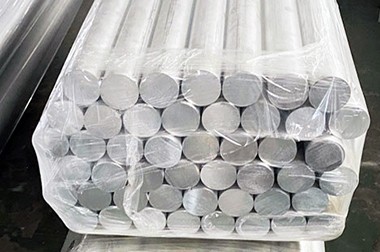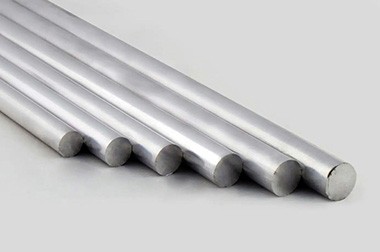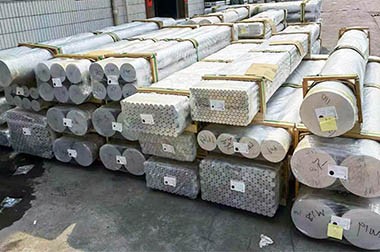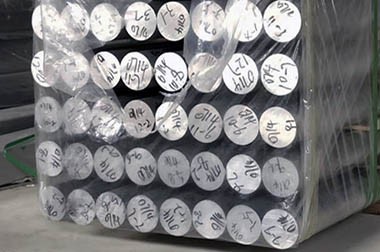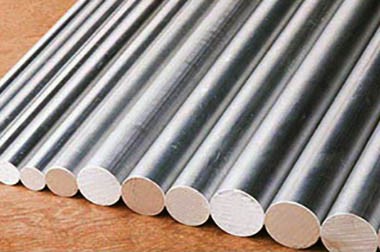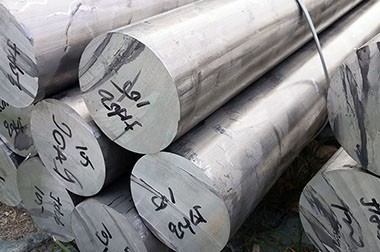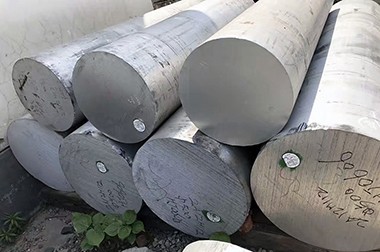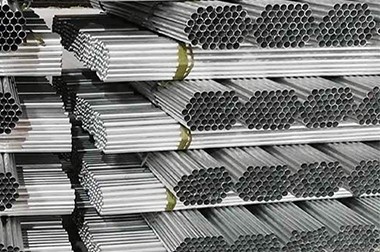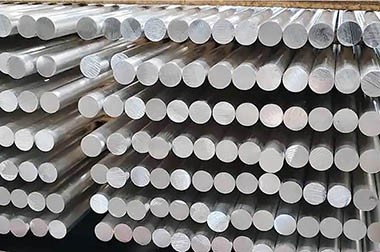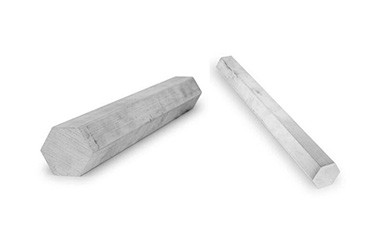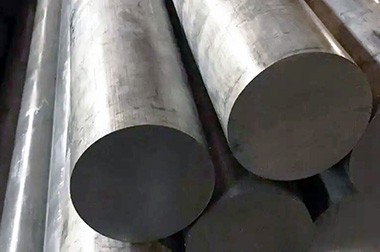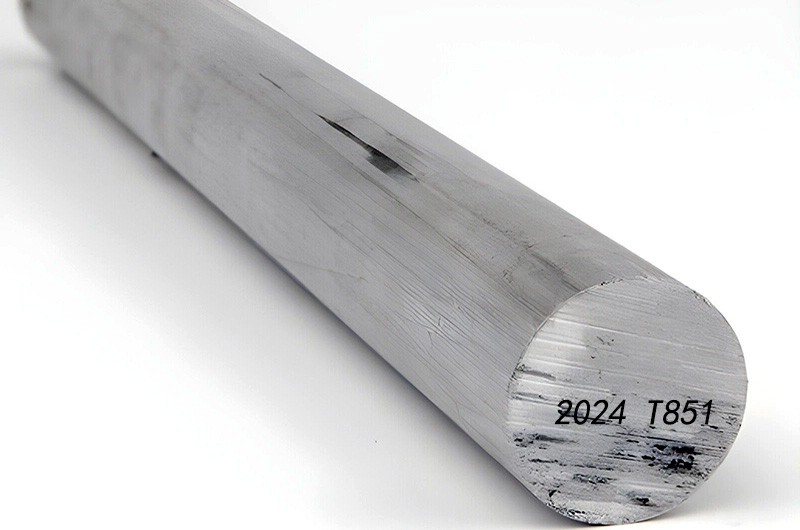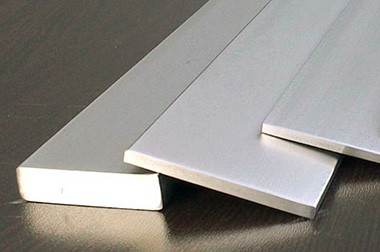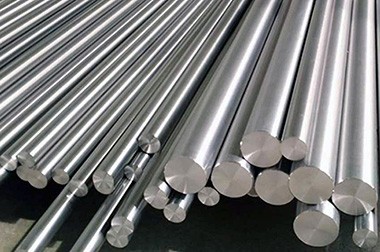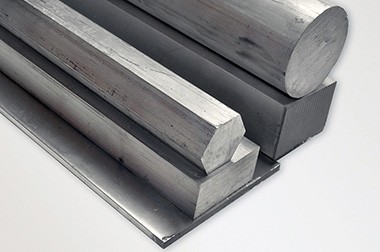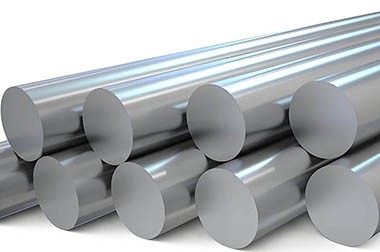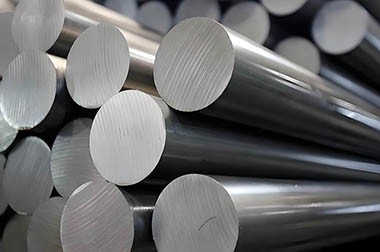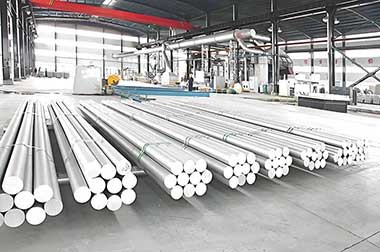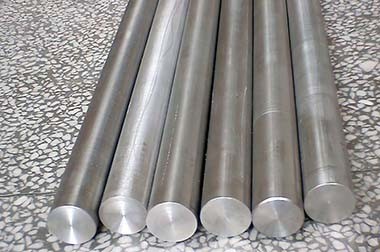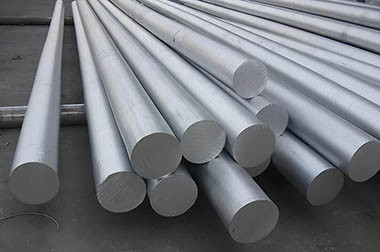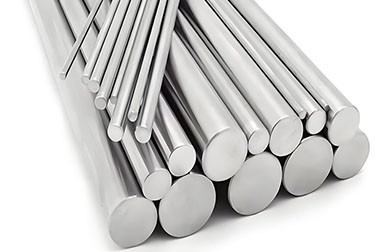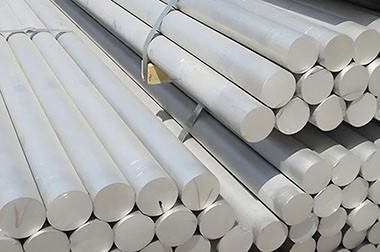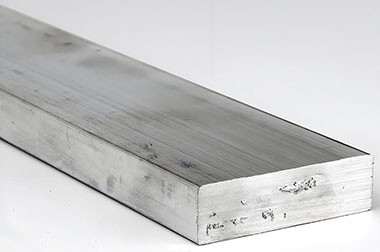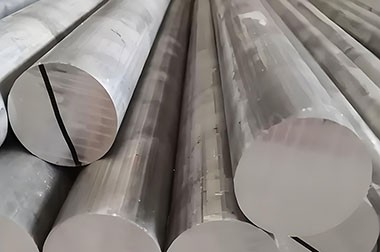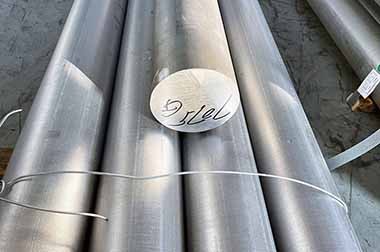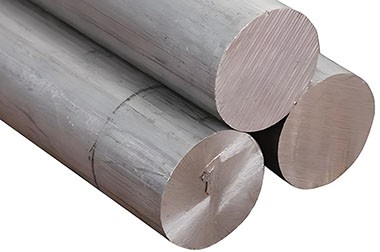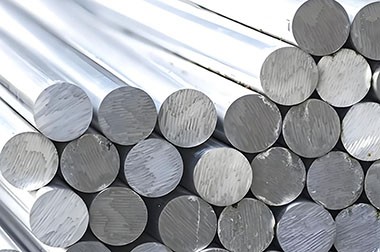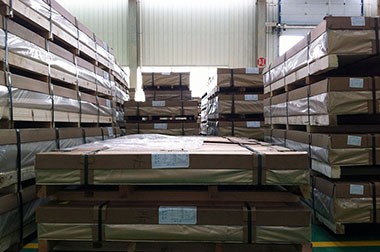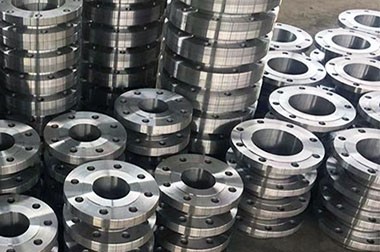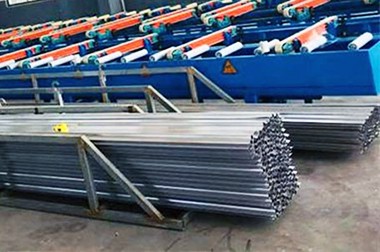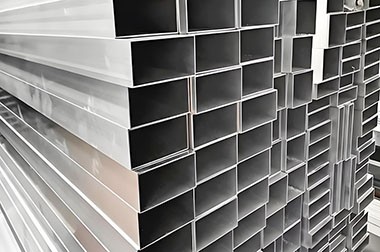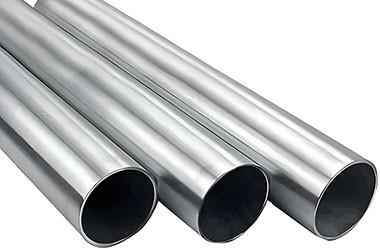7075 Aluminum Hex Bar
7075 aluminum hex bars are hexagonal bars made from 7075 aluminum alloy, which is a super high-strength wrought aluminum material.
7075 aluminum hex bars are a high-strength alloy, widely used in demanding industries due to their excellent mechanical properties and lightweight characteristics.
7075 aluminum hex bars are precision-engineered products made from 7075 aluminum alloy, a high-strength aerospace-grade material known for its exceptional strength-to-weight ratio. These hex bars feature a six-sided cross-section, providing flat surfaces that facilitate bolted connections, alignment, and secure assembly in high-performance applications.
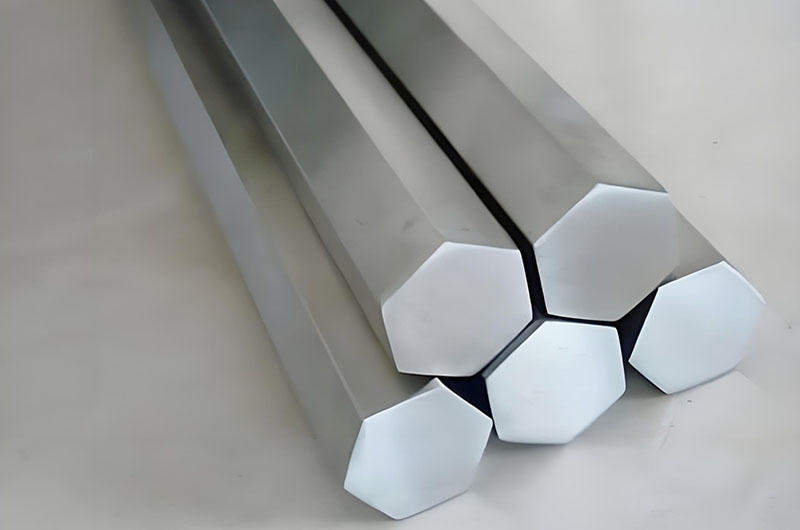
7075 Hex Bar Specifications and Standards
| Category | Information |
| General Standards | ASTM B211/B221 (Cold Finished/Extruded Bars) |
| AMS 4122/4123/4124 (Aerospace Material Specifications) | |
| AMS-QQ-A-225/9 (T6/T651 Temper Quality Assurance) | |
| Standard Sizes (Across Flats) | Imperial: 0.5 inches, 0.75 inches, 1.625 inches, 1.875 inches, etc. |
| Metric: 8 mm - 65 mm (Haomei Aluminum can provide custom sizes) |
7075 hex bars are available in full sizes and custom-cut lengths.
Haomei Aluminum 7075 aluminum hex bars are manufactured according to ASTM B211/B221 and AMS-QQ-A-225/9 standards, offering unparalleled strength suitable for aerospace, automotive, and defense applications. These bars come in T6, T651, and T7351 temper states, making them ideal for high-stress components such as aircraft frames, military hardware, and racing parts. Custom sizes (imperial and metric) and cold-finished surfaces ensure strict tolerances and smooth processing. Bulk orders and global shipping are available.
7075 Hex Bar Alloy Composition
7075 aluminum primarily alloyed with zinc (typically 5.1–6.1%), magnesium (2.1–2.9%), copper (1.2–2.0%), and trace amounts of chromium. This combination gives the alloy outstanding strength and fatigue resistance.
| Element | Percentage |
| Al | 90 |
| Cr | 0.18 - 0.28 |
| Cu | 1.2 - 2 |
| Fe | 0.5 max |
| Mg | 2.1 - 2.9 |
| Mn | 0.3 max |
| Si | 0.4 max |
| Ti | 0.2 max |
| Zn | 5.1 - 6.1 |
| Zr+Ti | 0.25 max |
7075 Aluminum Hex Bar Mechanical Properties
Depending on the temper state (such as T6, T651, or T7351), the ultimate tensile strength of 7075 aluminum ranges from approximately 80, 000 psi to over 83, 000 psi, with the corresponding yield strength ranging from 67, 000 to 73, 000 psi. The elongation is typically in the range of 8–11%, indicating a good balance between strength and ductility.
| Temper | Ultimate Tensile (KSI) | Yield Strength (KSI) | Elongation (%) | Hardness (Brinell) |
| T6/T651 | 83 | 73 | 11 | 150 |
| T7351 | 73 | 63 | 8 | 135 |
- T6/T651: Maximizes the strength of high-stress components (such as aircraft frames).
- T7351: Balances strength and improves stress corrosion resistance, making it ideal for marine or humid environments.
7075 Aluminum Hex Bar Density and Thermal Properties
The density of 7075 aluminum is approximately 2.81 g/cm³, making it lightweight yet durable. It also has a moderate melting point and good thermal conductivity, making it suitable for applications that require both mechanical strength and thermal stability.
Haomei Aluminum Hex Bar Tolerances
| Alloy(s) | Processing method | Spec. Across Flats, in. | Across Flats Tol. (over(+)/under(-)) |
| 2011-T3 | Cold Finish | 0.065 to 0.374 | +/- 0.002" |
| 2011-T3, 7075-T7351 | Cold Finsh | 0.375 to 0.500 | +/- 0.002" |
| 2011-T3, 2024-T351, 7075-T7351 | Cold Finish | 0.501 to 1.000 | +/- 0.0025" |
| 2024-T351, 7075-T7351 | Cold Finish | 1.001 to 1.500 | +/- 0.003" |
| 2024-T351 | Cold Finish | 1.501 to 2.000 | +/- 0.005" |
| 6061(-T6/T6511) | Extruded | 0.250 to 0.499 | +/- 0.008" |
| 6061-T6511 | Extruded | 0.500 to 0.749 | +/- 0.009" |
| 6061-T6511, 6262-T6511 | Extruded | 0.750 to 0.999 | +/- 0.010" |
| 6061-T6511, 6262-T6511 | Extruded | 1.000 to 1.499 | +/- 0.012" |
| 6061-T6511 | Extruded | 1.500 to 1.999 | +/- 0.014" |
Straightness Tolerance - Cold Finished Hex Bar
| Temper | Processing method | Spec. Across Flats, in. | Max. Allowed Deviation from Straight |
| All except: TX51 | Cold Finish | All | 0.025 × Measured length, ft. |
| TX51 | Cold Finish | 0.500 and over | 0.025 × Measured length, ft. |
Straightness tolerance will be void once full length is cut
Straightness Tolerance - Extruded Hex Bar
| Temper | Processing method | Spec. Across Flats, in. | Max. Allowed Deviation from Straight |
| All except: TX511 | Extruded | All | 0.0125 × Measured length, ft. |
| TX511 | Extruded | 0.500 and over | 0.0125 × Measured length, ft. |
Straightness tolerance will be void once full length is cut

7075 Aluminum Hex Bar Manufacturing and Finishing
Forming and Processing:
7075 hex bars can be produced by extrusion or cold finishing. The cold finishing process improves surface finish and dimensional accuracy, which is crucial when bars are used for precision parts. Although the alloy has excellent machinability, its weldability is poor due to its sensitivity to heat treatment.
Standardization:
These bars typically conform to industry standards, such as ASTM B221, ensuring consistent mechanical and chemical properties. The temper designation (e.g., T651) indicates the heat treatment process used to achieve peak strength.
Finishing Options:
Depending on application requirements, hex bars can be finished with a bright finish, polished, or black surface treatment, which can enhance corrosion resistance and aesthetics.
Machining and Manufacturing Notes
- Machinability: Rated at ~70% (lower than 6061, but can be processed with appropriate tools).
- Weldability: Not recommended due to the risk of cracking.
- Surface treatment: Cold worked, tight tolerances, smooth surface.
7075 aluminum hex bars are the material of choice for high-stress applications where strength-to-weight ratio is crucial. While its corrosion resistance is average, special tempers like T7351 enhance its durability in harsh environments. Major suppliers offer various sizes and certifications to meet the needs of industries ranging from aerospace to defense. Due to fluctuations in inventory and specifications, it is recommended to consult suppliers directly for detailed pricing or custom orders.
7075 Aluminum Hex Bar Applications
7075 Hex Bar in Aerospace Applications
| Application Area | Description |
| Aircraft Structural Components | 7075 aluminum hex bars are widely used in aircraft structural components, as their high strength and lightweight properties make them ideal for fuselage frames, skin reinforcements, and load-bearing structures. Due to their excellent fatigue resistance and high tensile strength, this material remains stable under high-load conditions, ensuring the safety and reliability of aircraft in various flight environments. |
| High Stress Components | 7075 aluminum hex bars play a key role in aerospace parts that need to withstand high stress, such as landing gear supports, wing spar connections, and fuselage reinforcements. These components must endure long-term cyclic loads, and the superior fatigue resistance and corrosion resistance of 7075 aluminum make it an indispensable material in the aerospace industry. |
| Aircraft Frames | 7075 aluminum hex bars are widely used in aircraft frame structures, as their high strength and good machinability allow the aircraft skeleton to remain stable under extreme flight conditions. The rigidity and lightweight design of the aircraft frame are crucial, and 7075 aluminum alloy meets these demands, improving fuel efficiency while strengthening the structure. |
| Wing Spars and Structural Components | 7075 aluminum hex bars play an important role in the manufacture of wing spars and other critical structural components. Since wing spars are the core components that support lift and flight loads, their materials must have excellent strength and rigidity, and 7075 aluminum alloy, with its ultra-high tensile strength and good environmental corrosion resistance, makes it the material of choice for manufacturing wing spars, enhancing the overall structural stability and service life of the aircraft. |
Mold Processing and Machinery Equipment
- Industrial and Structural Uses: Used to manufacture gears, fuse components, and structural parts with excellent strength-to-weight ratio characteristics.
- Industrial Manufacturing: Molds (blow molds, shoe molds), automation equipment parts, ultrasonic welding molds.
7075 Hex Bar Other Special Application Areas
| Application Area | Description |
| High-Performance Automotive Parts | 7075 hex bars are widely used in the automotive and racing industries, particularly in suspension components, steering system parts, and body reinforcements of high-performance vehicles. Due to its high strength and lightweight properties, the material reduces vehicle weight, improves acceleration performance and fuel efficiency, while providing excellent fatigue resistance and impact strength to ensure long-term stable operation of racing cars and high-end vehicles. |
| High Stress Sporting Equipment | 7075 hex bars play an important role in the manufacture of sporting goods, especially in equipment that requires high strength and impact resistance, such as baseball bats, bicycle frames, and mountaineering gear. Its excellent strength-to-weight ratio allows sporting equipment to withstand extreme loads while maintaining lightness, enhancing performance and durability. |
| Precision Instruments | 7075 hex bars are widely used in the manufacturing of precision instruments, such as measuring devices, optical instrument frames, and high-end electronic device housings, due to their good machinability, high hardness, and stable mechanical properties. These devices require materials with excellent dimensional stability and corrosion resistance to ensure long-term precise operation and durability. |
| High-End Sporting Equipment (e.g., Golf Club Heads) | 7075 hex bars are used in the manufacture of high-end sporting equipment, particularly golf club heads, tennis racket frames, and ski poles. The material’s high strength and good wear resistance allow the sporting equipment to maintain its performance advantage over long-term use, while reducing material wear and extending its lifespan. |
| Military Rifles | 7075 hex bars are widely used in the manufacturing of military rifle components, such as stocks, receivers, and rail systems, due to their excellent strength, impact resistance, and environmental corrosion resistance. These parts need to maintain high precision and reliability under extreme conditions, and 7075 aluminum alloy provides the perfect balance to ensure the stability and durability of weapon systems. |
| Armored Vehicles | 7075 hex bars are used in the manufacturing of armored vehicle structures and protection components, such as body support beams, protective frames, and lightweight armor plates. The material's high strength and low density reduce the overall weight of armored vehicles while maintaining their protective capabilities, improving mobility and fuel efficiency, while providing good ballistic resistance and impact strength to handle various complex battlefield environments. |
7075 Hex Bar vs. Other Materials
Comparison with 6061 Aluminum Hex Bar
7075 hex bars significantly outperform 6061 aluminum hex bars in terms of strength, with higher tensile strength and yield strength, making them exceptional for high-stress applications. In contrast, 6061 hex bars have lower strength but better weldability and corrosion resistance. Therefore, 7075 hex bars are a better choice for applications requiring extremely high strength, such as aerospace, military, and racing, while 6061 is more suitable for applications with higher requirements for weldability and corrosion resistance, such as construction and general mechanical components.
Advantages of Each Material
The main advantage of 7075 hex bars is their outstanding strength-to-weight ratio, ultra-high tensile strength, and excellent fatigue resistance, making them particularly suited for applications that need to endure high stress and impact, such as aircraft structural components, racing parts, and military equipment. On the other hand, the advantage of 6061 aluminum hex bars lies in their better machinability, weldability, and corrosion resistance in humid environments, making them more suitable for applications in shipbuilding, construction, and industrial applications.
How to Choose Material Based on Needs
7075 hex bars are ideal for applications that demand extremely high strength and fatigue resistance, such as aerospace, military equipment, high-performance racing, and precision machinery manufacturing. If the application scenario requires better corrosion resistance, weldability, or easier machinability, such as for construction structures, shipbuilding, and general industrial parts, 6061 aluminum hex bars would be a better choice. Therefore, when selecting materials, one must weigh the application needs, including strength, corrosion resistance, weldability, and machinability, to ensure the material meets the specific usage conditions.
Haomei Aluminum suppliers provide 7075 aluminum hex bars that have been rigorously quality-tested (including spectrographic and corrosion resistance testing) to ensure they meet strict industry standards.
7075 aluminum hex bars combine the high strength and fatigue resistance of the 7075 alloy with the functional advantages of the hexagonal profile. These bars are perfect for precision manufacturing, particularly in aerospace, automotive, and military industries, where strength and durability are essential. With precise machining, high performance, and durability, 7075 hex bars are the material of choice for demanding industrial applications.
You may also be interested in the following
-
2024 7075 Aerospace Aluminum for Door Components
2024 and 7075 high-strength aluminum alloys are used in aircraft door components to ensure durability, deformation resistance, and safety.
-
2024, 7075, and 7475 Aerospace Aluminum for Wing Skins
2024, 7075, and 7475 combinations exhibit excellent strength and fatigue resistance, making them suitable for wing skins to withstand deformation under stress.
-
2024 7075 Aerospace Aluminum for Fuselage Frames
2024, 7075, and 7475 aluminum alloys are essential materials in aerospace engineering, particularly for fuselage frames. Their unique properties enable engineers to select the most appropriate alloy based on specific requirements for strength, weight, corrosion resistance, and fatigue performance.
-
2024 7050 7075 Aerospace Aluminum for Horizontal Tail Fittings
Alloys 2024, 7050, and 7075 provide the necessary strength and stiffness for horizontal tail components of aircraft, ensuring reliable control surface performance.



